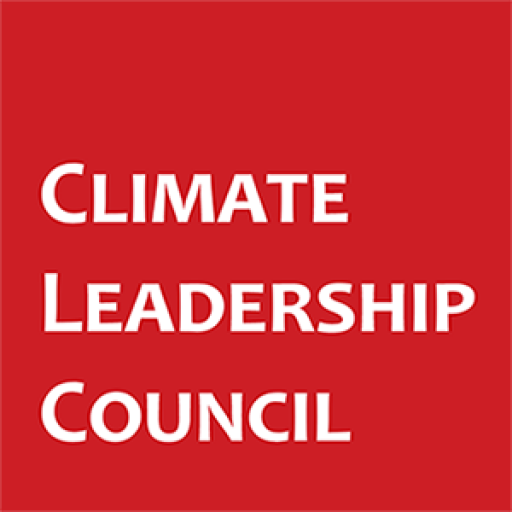WASHINGTON, DC – The Climate Leadership Council released a new report outlining why a carbon price is an essential tool to reach net-zero emissions by midcentury. The report shows that a carbon fee by itself will halve U.S. CO2 emissions and dramatically curb some of the most common air pollutants by 2035. If combined with other commonly-discussed mitigation tools, it would cut CO2 emissions by 50% or more by 2030.
“There is no better tool available for rapidly decarbonizing than an economy-wide fee on carbon,” writes Christine Todd Whitman, former administrator of the EPA, in the foreword. “A carbon fee at the heart of a U.S. climate strategy will go further, faster than any other single policy intervention.”
The report, Meeting the Climate Challenge, explores the environmental, health and diplomatic benefits of implementing a federal carbon fee and border adjustments as the core of an ambitious U.S. climate strategy. Emissions reduction benefits arising from the Council’s proposed carbon fee were analyzed by teams from Resources for the Future and Yale University. A domestic carbon fee would:
- cut domestic CO2 emissions by 51% by 2035 all on its own;
- cut CO2 emissions by 50% or more by 2030 when measured with other commonly discussed instruments like efficiency standards and nature-based investments;
- and cut emissions of other air pollutants such as nitrous oxide, sulfur dioxide, and volatile organic compounds by at least 20% – and by as much as half – across the economy by 2035.
In the foreword, Whitman details how a carbon fee and border carbon adjustment would lower emissions quickly, create powerful global incentives for other countries to rapidly reduce their emissions, and make every policy intervention and private investment toward decarbonization more effective and easier to implement.
“Speed is of the essence for climate policy: the faster we cut emissions, the more we slow climate change and prevent damage to natural ecosystems and human health,” writes Whitman. “Carbon pricing can also reach beyond American shores to encourage greater climate ambition globally. And it acts as a multiplier for climate progress when paired with everything else we’re doing to lower emissions.”
“An economy-wide carbon fee is our single best tool to achieve the emissions reductions at the scale and speed necessary to address climate change,” said Greg Bertelsen, CEO of the Climate Leadership Council. “We need members of Congress on both sides of the aisle to come together to advance carbon dividends to meet our emissions goals and drive innovation for a prosperous, clean-energy future.”
The Climate Leadership Council works with a diverse coalition of businesses, environmental and opinion leaders whose purpose is to advance the four-part carbon dividends framework as the most cost-effective, equitable and politically-viable climate solution.

